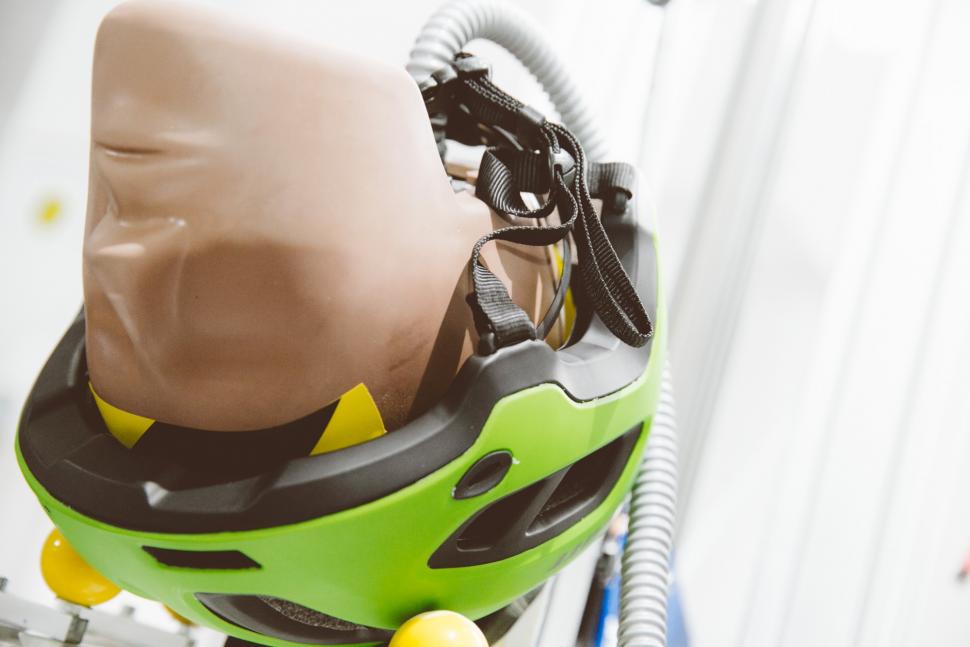- News
- Reviews
- Bikes
- Accessories
- Accessories - misc
- Computer mounts
- Bags
- Bar ends
- Bike bags & cases
- Bottle cages
- Bottles
- Cameras
- Car racks
- Child seats
- Computers
- Glasses
- GPS units
- Helmets
- Lights - front
- Lights - rear
- Lights - sets
- Locks
- Mirrors
- Mudguards
- Racks
- Pumps & CO2 inflators
- Puncture kits
- Reflectives
- Smart watches
- Stands and racks
- Trailers
- Clothing
- Components
- Bar tape & grips
- Bottom brackets
- Brake & gear cables
- Brake & STI levers
- Brake pads & spares
- Brakes
- Cassettes & freewheels
- Chains
- Chainsets & chainrings
- Derailleurs - front
- Derailleurs - rear
- Forks
- Gear levers & shifters
- Groupsets
- Handlebars & extensions
- Headsets
- Hubs
- Inner tubes
- Pedals
- Quick releases & skewers
- Saddles
- Seatposts
- Stems
- Wheels
- Tyres
- Health, fitness and nutrition
- Tools and workshop
- Miscellaneous
- Cross country mountain bikes
- Tubeless valves
- Buyers Guides
- Features
- Forum
- Recommends
- Podcast
TECH NEWS
 MIPS visit - 3.jpg
MIPS visit - 3.jpgMIPS acquires tech company Fluid Inside, who claim their system protects agains rotational and linear forces
MIPS have stepped up the helmet safety wars another level by swallowing up the tech company Fluid Inside. They claim their technology can protect against linear and rotational forces with a layer of fluid that mimics cerebrospinal fluid, your body's natural protection.
All you need to know about MIPS
Bontrager claims WaveCel helmets set new standards in safety
Developed in Canada, Fluid Inside's low viscosity liquid is said to engage rotational forces instantaneously on any impact regardless of the unique combination of impact variables. It comes in the form of pods placed inside the helmet, that are just 3-4mm thick. The 'matrix' of pods inside the helmet are arranged to meet the needs of each sports-specific application.
Fluid Inside say the pods make the helmet effectively float on your head on impact, acting like a reinforcement of the cerebrospinal fluid (CFS) inside your head to protect against both linear and rotational forces.
MIPS, short for Multi-directional Impact Protection System, was developed to protect specifically against rotational forces, whereas they say most other helmets only protect against vertical impacts - but Fluid Inside is the first we've come across that claims to do both.
As you can see from the results above Fluid Inside make some big claims, saying that in testing the impacts were 18% and 39% less severe for linear and rotational accelerations respectively. They also claim that in a test by the Neurotrauma Impact Science Lab, their Fluid technology was "the most reliable and responsive impact management system in all conditions we've tested".
We're not too sure how the current MIPS tech and Fluid Inside tech will be incorporated into the same product, but will be checking back for further updates soon. In the meantime, you can visit the Fluid Inside website to find out more about their work and check out our bumper guide to MIPS here.
Jack has been writing about cycling and multisport for over a decade, arriving at road.cc via 220 Triathlon Magazine in 2017. He worked across all areas of the website including tech, news and video, and also contributed to eBikeTips before being named Editor of road.cc in 2021 (much to his surprise). Jack has been hooked on cycling since his student days, and currently has a Trek 1.2 for winter riding, a beloved Bickerton folding bike for getting around town and an extra beloved custom Ridley Helium SLX for fantasising about going fast in his stable. Jack has never won a bike race, but does have a master's degree in print journalism and two Guinness World Records for pogo sticking (it's a long story).
Latest Comments
- SaveTheWail 3 sec ago
'Next they'll be having to put groins [sic] in...'...
- jamesha100 25 min 51 sec ago
I have occassionally been a passenger in crew cab pickups on various work sites. They are unrefined, uncomfortable and cramped for their size and...
- jesse58579 45 min 4 sec ago
I owned a Shimano DuraAce crank set FC-7950. The crankshaft snapped while I was biking about 20mph on a gravel road. I had video of my crash with...
- andystow 1 hour 7 sec ago
I regularly ride at about -10 °C wearing thinner trousers than jeans. It's not a problem if you're putting out any effort....
- Pedal those squares 2 hours 30 min ago
Thanks for the reminder. Must, book a trip to the bike shop for "ANOTHER" inspection. By the time they check it every year, it would have been...
- J4S0NK 4 hours 9 min ago
Most of the riders near me are UberEats/Deliveroo/JustEat riders riding recklessly, e.g. no lights at night, going through red lights, not stopping...
- ktache 3 hours 41 min ago
Locked up the front wheel the other day, just finished rebuilding the Good Bike and was taking her on the commute/shakedown ride. XTR Vs on ceramic...
- brooksby 4 hours 54 min ago
Ah, Park Street - that lovely area of artisan merchants and free flowing traffic ...


Add new comment
2 comments
Didn't the POC Spin system do the same sort of thing?
Yep, may partially account for why they wanted it and the IP.